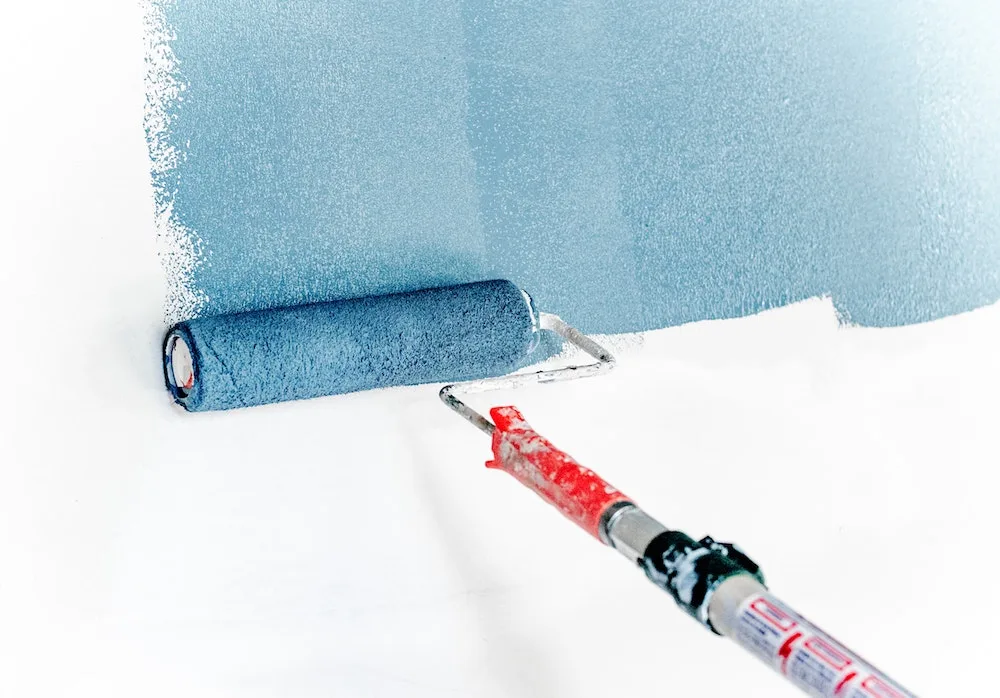Mold resistant paints often serve as the first line of defense when fighting mold infestations, especially after water damage. Homeowners can prevent mold growth by using paint designed specifically to stop mold from growing on their walls. Today, Phoenix’s top mold removal specialists discuss how mold resistant paint can help keep your home mold-free after a mold remediation treatment.
How Do Mold Resistant Paints Work?
House paint typically provides protection from weather, insects, and dust, but unfortunately, it can’t stop mold. Its tiny spores can simply pass through the porous paint surface. Once the mold spores reach the underlying wood or masonry, they can start growing in your walls, including on the paint itself.
To combat mold spores, mold resistant paints have special antimicrobial ingredients. The paint stops the mold spores that attempt to pass through it, protecting the wall underneath. Recent research by scientists at the University of Birmingham supports the effectiveness of mold resistant paint.
Can Mold Resistant Paint Stop Existing Mold?
Mold resistant paints are only a preventive method, not a corrective tool. They will not stop existing mold infestations. Once mold has taken hold in your walls, you need to seek professional mold remediation. Mold resistant paints will only cover up the existing problem, and allow it to spread further once it’s out of sight.
Where to Use Mold Resistant Paints
The best places to use mold-resistant paints are the locations where mold growth is most likely to occur. While mold can infest any part of a house, it prefers locations where it finds extra moisture in the air or on surfaces. Mold grows best in temperatures between 77° F to 86° F, so any warm, damp places in your home should be treated with mold resistant paint.
Two of the best rooms in your house to treat with mold resistant paint are the kitchen and bathroom. The steam from cooking and from hot showers, leaky pipes, damp towels, insufficient ventilation, and warm temperatures often make kitchens and bathrooms the most likely places for mold growth.
However, mold can build up in other locations as well—laundry rooms, attics, basements, and garages can all be treated with mold resistant paints. If you notice any moisture or condensation while you’re getting ready to paint, schedule a mold inspection first. Mold resistant paint can’t stop existing mold.
Mold Remediation Before Painting
Are you prepping your home for a new coat of paint? Are you repairing a room that suffered water damage? If you’re thinking about using mold resistant paint, you need to get any existing mold removed professionally first. The experts at MoldGone offer fast-acting, minimal demolition mold remediation services. Call us today at 480-418-7228 or contact us online to get a free quote!



